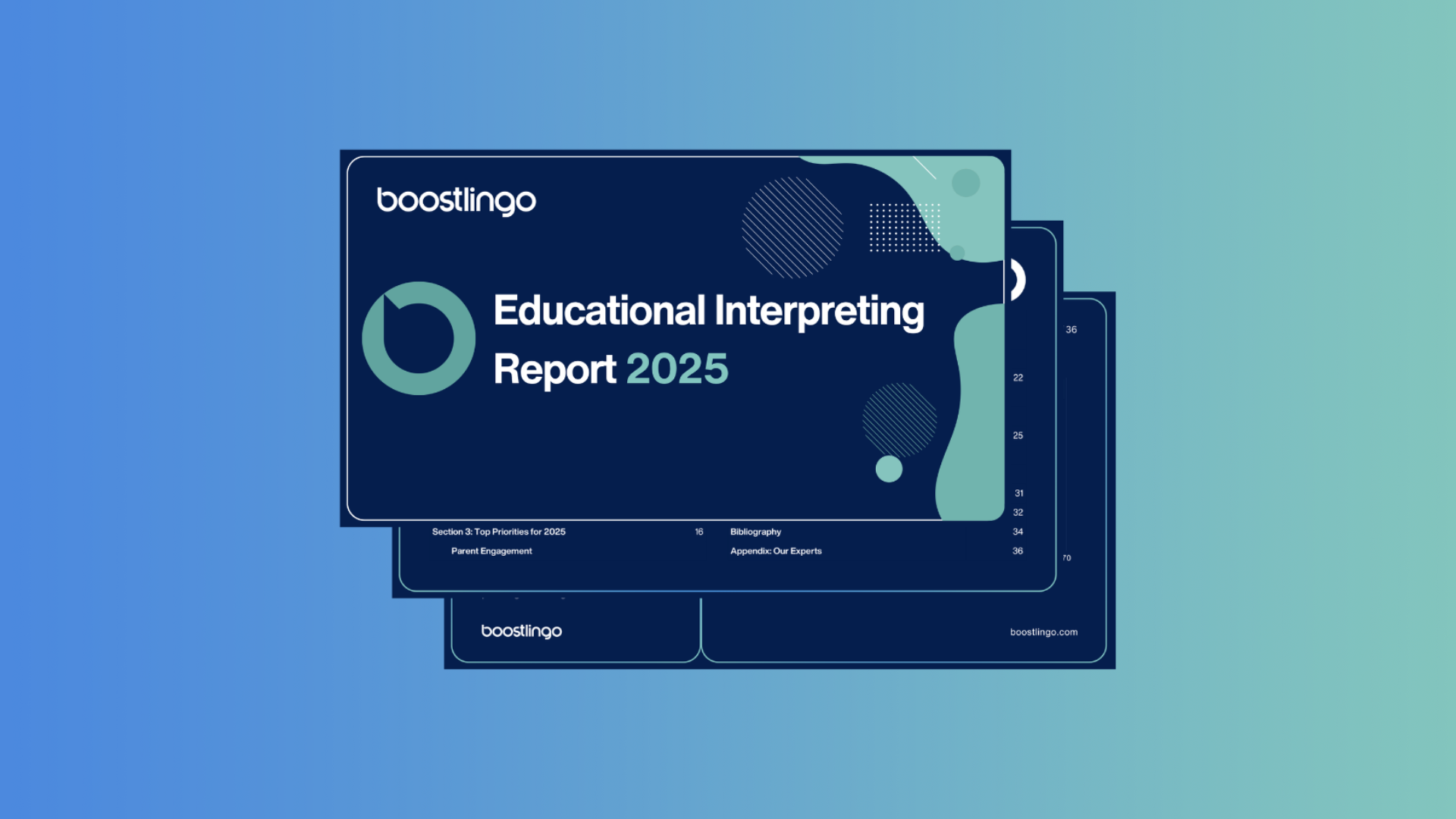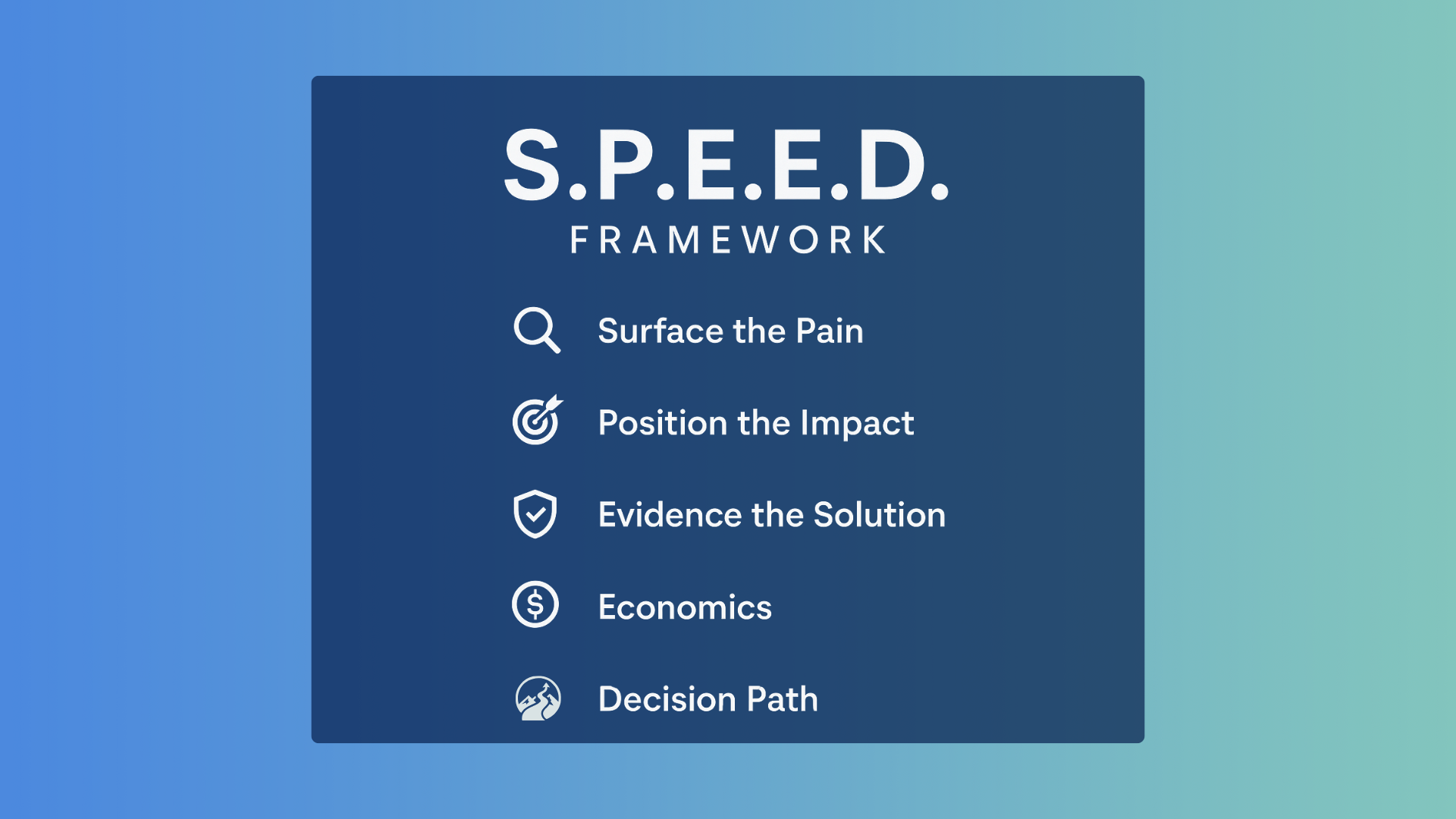Certified Deaf Interpreters (CDIs) are interpreters who have been trained to interpret for deaf patients who haven’t acquired or are unable to acquire American Sign Language (ASL).
A CDI is either deaf or hard of hearing and has been certified by the Registry of Interpreters for the Deaf as a professional interpreter.
A CDI’s Role in the Interpreting Industry
Many people assume that all deaf people are fluent in only ASL, however, quite often this is not the case at all.
Depending on the individual’s schooling and their environment, they could have been exposed to ASL, ESL (English Sign Language) or home signs, obviously making it harder to only interpret ASL.
While ASL is the formal language in the deaf community, it definitely has it own distinct syntax and grammar that if you do not know it, will make it hard to interpret. Which is where the importance of a CDI’s role comes in.
Working as a Team Member
Quite often a CDI works closely with another interpreter who isn’t deaf. This situation can sometimes make communicating a bit easier. Rather than just using a hearing interpreter or CDI working alone, by working as a team they are able to interpret more successfully.
The two literally work as a team. As the CDI transmits message content between a deaf consumer and a hearing interpreter; and vise versa. While this may just seem like shooting messages back and forth, it’s much more than that.
Both the deaf and hearing interpreter obtains the message in one communication mode. Then, processes it linguistically and culturally. Then passes it along in the appropriate communication mode.
However, there are even more challenging situations where the CDI and hearing interpreter will have to work together to understand a deaf individual’s message. Vest within each other to arrive at their best interpretation, and then convey that interpretation to the hearing party.
Working with a Deaf and Blind Individual
What many do not know is that CDIs can not only help the deaf, but also the blind as well. The CDI can receive a speaker’s message visually. Then help relay it to the deaf-blind individual by the sense of touch.
While this process is not easy, it can get done with a little more challenges. The CDI does everything they can to transmit the message in the easiest way possible for the deaf-blind individual.
Working Alone
Not often, do CDIs work as the only interpreter in a situation, but sometimes the situation may occur. In this instance, the CDI is will use sign language or another communication mode that is easy for the deaf individual to understand.
The Benefits of Using a CDI
While having a CDI in an interpreting situation doesn’t always occur, when you do it can be quite beneficial to all parties. Here are a few benefits to using a CDI:
- A better understanding by all parties
- Your time and resources are being used more efficiently.
- There is a better of understanding of linguistic and/or cultural confusion and any misunderstandings.
- At the end of the interpreting session there will be no confusion, rather a clear conclusion in the interpreting situation.
Conclusion
By using a Certified Deaf Interpreter in an appropriate situation, a consumer who is deaf or hard of hearing is more at ease, and is more likely to interpret faster. CDIs are an extremely valuable resource in any event that a deaf patient does not communicate well in ASL and needs an interpreter.



